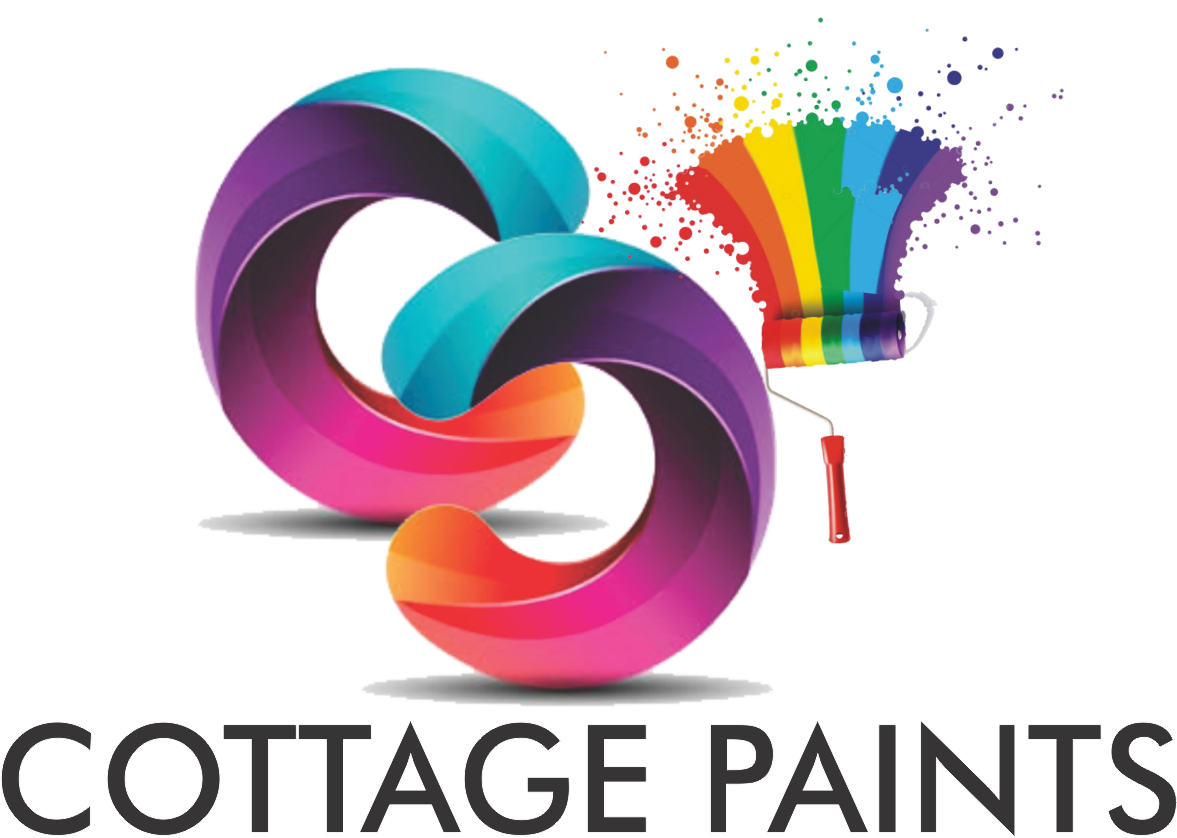
Emulsion Paint
- Dec 23, 2021
- news
Emulsion paint is water-based paint, which contains small polymer particles that have pigments inside. The particles containing pigment are suspended in water. After the paint dries, the particles combine, producing a film of paint on the wall. Emulsion paint can be used for the exterior as well as the interior of the house.
What does emulsion paint contain?
If you do a chemical breakup of this product, you will find it contains:
● 25% Pigment: Iron oxide is used for the yellows, browns, and reds, titanium dioxide is utilized for white colour, carbon for black, and chromium oxide for green shades.
● 45% Solvent: Almost half of the emulsion paint consists of water.
● 25% Binders: The pigments are surrounded by acrylic or epoxy polymers that fuse the paint to the walls.
● 5% Other Additives: Biocides in the emulsion paint control growth of fungi and algae on the walls
It is important to mention here that these paints are not ready to use. Before application, you have to add a thinner, in this case, water. If thinner is not used, there are chances that your wall will not have a smooth finish, and defects may appear. You can apply emulsion paint to old as well as new plastered walls and surfaces.
What are the properties of emulsion paint?
When you compare emulsion paint with oil-based paints, you will find that they are less toxic i.e. products with minimum volatile organic compounds.
Types of Emulsion Paint
There are many types of emulsion paint. These paints are formulated for a variety of purposes. As such, they have different properties. The properties of emulsion paint used for a home’s exterior are different from paint made for the interior. Each finish has its benefits. Matte finish is ideal for imperfect walls, while soft sheen has a longer life. On the other hand, glossy paint is ideal for perfectly finished walls as imperfections tend to become obvious with a glossy finish. Emulsion paint for interiors
This paint is manufactured keeping in mind that it may need scrubbing from time to time. It is also stain-resistant. A firmer resin is used for interiors as the paint will not be exposed to varying climatic conditions and changing temperatures.
Emulsion Paint for ExteriorsPaints made for the outside of a home must be able to tackle mildew and fading. A softer resin is used for this paint so that it can take temperature changes in its stride. The paint must be resistant to peeling and tough enough to not chip or become dull due to sunlight. The paint might need to be waterproof as it will be exposed to rain.
Emulsion paint is a very versatile medium with a lot of possibilities. Can’t decide on the shade or need more help in picking the right paint? Indigo Paints is the right place to start!



Leave A Comment